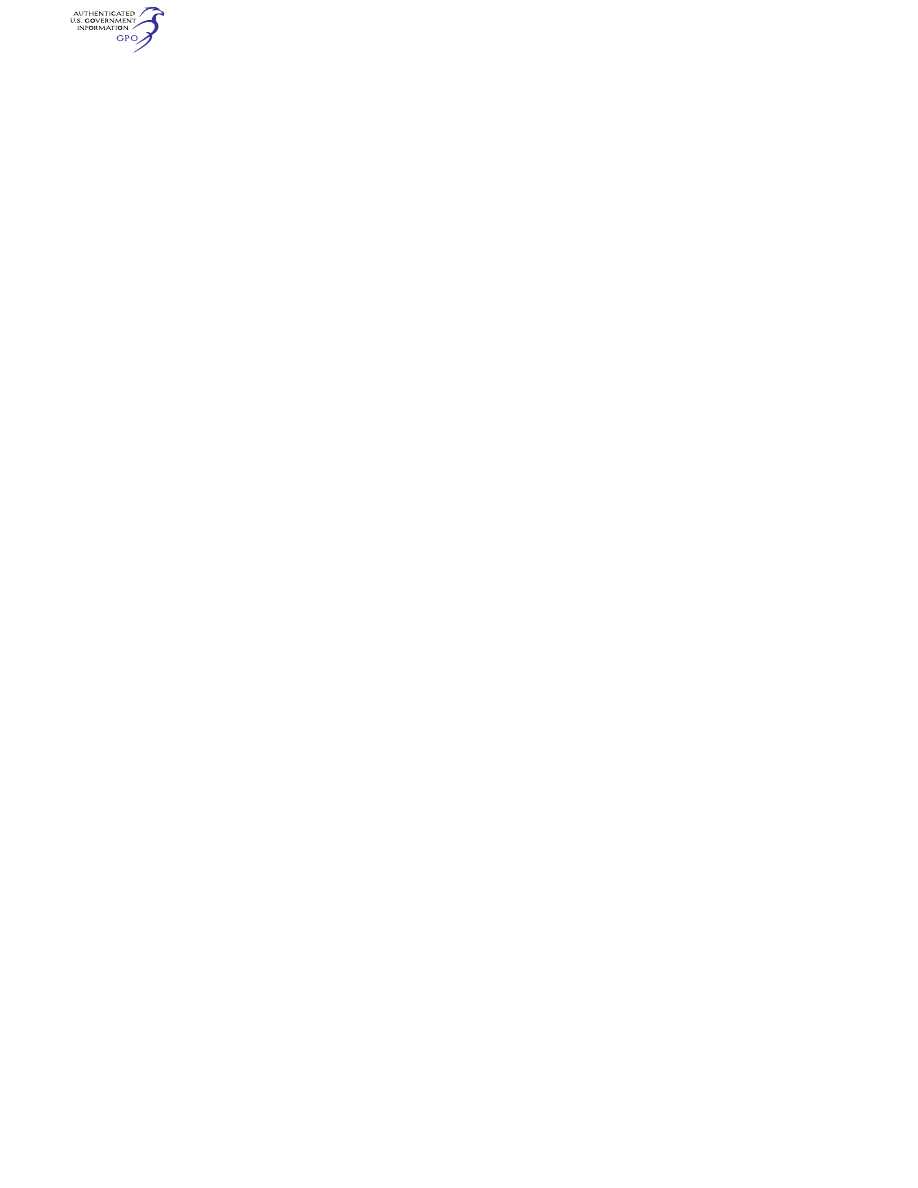
187
Federal Aviation Administration, DOT
§ 121.426
training must be provided as specified
in § 121.426.
[Doc. No. 9509, 35 FR 90, Jan. 3, 1970, as
amended by Amdt. 121–199, 53 FR 37697, Sept.
27, 1988; Amdt. 121–366, 78 FR 67840, Nov. 12,
2013; Amdt. 121–382, 85 FR 10923, Feb. 25, 2020;
Amdt. 121–384, 85 FR 39070, June 30, 2020]
§ 121.425 Flight engineers: Initial and
transition flight training.
(a) Initial and transition flight train-
ing for flight engineers must include at
least the following:
(1) Training and practice in proce-
dures related to the carrying out of
flight engineer duties and functions.
This training and practice may be ac-
complished either inflight or in an
FSTD.
(2) A flight check that includes—
(i) Preflight inspection;
(ii) Inflight performance of assigned
duties accomplished from the flight en-
gineer station during taxi, runup, take-
off, climb, cruise, descent, approach,
and landing;
(iii) Accomplishment of other func-
tions, such as fuel management and
preparation of fuel consumption
records, and normal and emergency or
alternate operation of all airplane
flight systems, performed either
inflight or in an FSTD.
(b) Flight engineers possessing a
commercial pilot certificate with an
instrument, category and class rating,
or pilots already qualified as second in
command and reverting to flight engi-
neer, may complete the entire flight
check, required by paragraph (a)(2) of
this section, in an approved FFS.
(c) Except as permitted in paragraph
(d) of this section, the initial flight
training required by paragraph (a) of
this section must include at least the
same number of programmed hours of
flight training and practice that are
specified for a second in command pilot
under § 121.424(c) unless reduced under
§ 121.405.
(d) If the certificate holder’s ap-
proved training program includes a
course of training utilizing an FSTD
under § 121.409(c), each flight engineer
must successfully complete in the
FSTD —
(1) Training and practice in at least
all of the assigned duties, procedures,
and functions required by paragraph (a)
of this section; and
(2) A flight check to a flight engineer
level of proficiency in the assigned du-
ties, procedures, and functions.
[Doc. No. 9509, 35 FR 90, Jan. 3, 1970, as
amended by Amdt. 121–144, 43 FR 22647, May
25, 1978; Amdt. 121–382, 85 FR 10923, Feb. 25,
2020]
§ 121.426 Pilots: Upgrade flight train-
ing.
(a) Upgrade flight training for pilots
must include the following:
(1) Seat dependent maneuvers and
procedures, as applicable;
(2) Duty position maneuvers and pro-
cedures, as applicable;
(3) Extended envelope training set
forth in § 121.423;
(4) Maneuvers and procedures set
forth in the certificate holder’s low al-
titude windshear flight training pro-
gram;
(5) Sufficient scenario-based training
incorporating CRM and leadership and
command skills, to ensure the pilot’s
proficiency as pilot in command; and
(6) Sufficient training to ensure the
pilot’s knowledge and skill with re-
spect to the following:
(i) The airplane, its systems and com-
ponents;
(ii) Proper control of airspeed, con-
figuration, direction, altitude, and at-
titude in accordance with the Airplane
Flight Manual, the certificate holder’s
operations manual, checklists, or other
approved material appropriate to the
airplane type; and
(iii) Compliance with ATC, instru-
ment procedures, or other applicable
procedures.
(b) The training required by para-
graph (a) of this section must be per-
formed inflight except—
(1) That windshear maneuvers and
procedures must be performed in an
FFS in which the maneuvers and pro-
cedures are specifically authorized to
be accomplished;
(2) That the extended envelope train-
ing required by § 121.423 must be per-
formed in a Level C or higher FFS un-
less the Administrator has issued to
the certificate holder a deviation in ac-
cordance with § 121.423(e); and